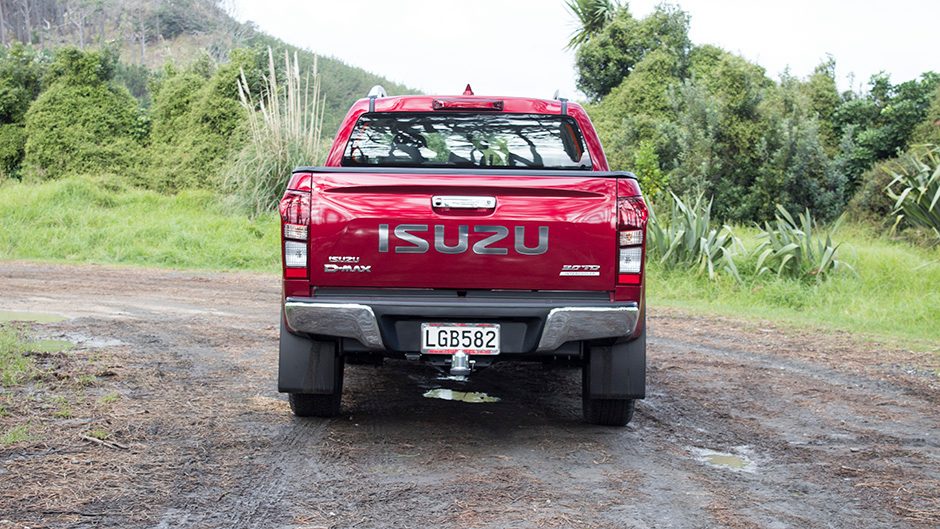Isuzu Utes New Zealand have gone from strength to strength garnering a loyal following for its D-Max Ute from customers wanting a robust but comfortable workhorse.
f you want the latest and greatest in driver assistance technologies with loads of luxury features with the price tag to match, then this is not the Ute for you.
However, if you want a rugged and reliable tow vehicle that will chug along for up to 600,000km with nothing needed other than routine services, then the competitively priced D-Max will fit nicely in your driveway.
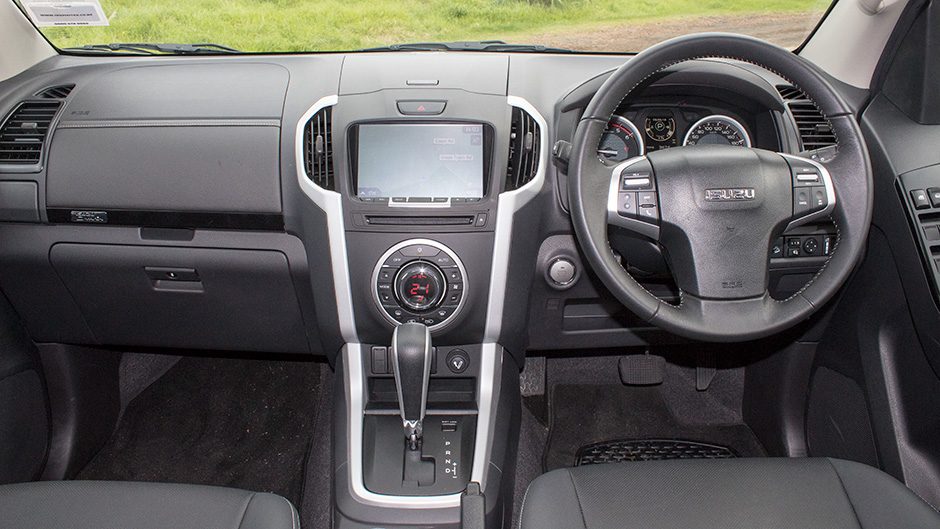
Our test vehicle is the latest D-Max LS-T 4×4 automatic in Spinel Red metallic paint, which has recently received further running changes from the factory which included a new three-leaf rear-sprung axle, as well as upgrades to the dashboard and interior trim which means it now mirrors the Isuzu MU-X luxury 7-seat SUV.
While the LS-T feels very truck-like to drive rather than car-like, the new three-leaf sprung rear axle has made a huge difference to the ride quality over rougher roads, especially when there isn’t much of a load in the rear tray.
A short drive over some unsealed gravel roads west of Auckland showed the huge improvement in the ride quality and handling character of this latest D-Max iteration, it felt more composed over the worst of the corrugations, there was less noise, vibration and harshness, and it turned into corners more readily.
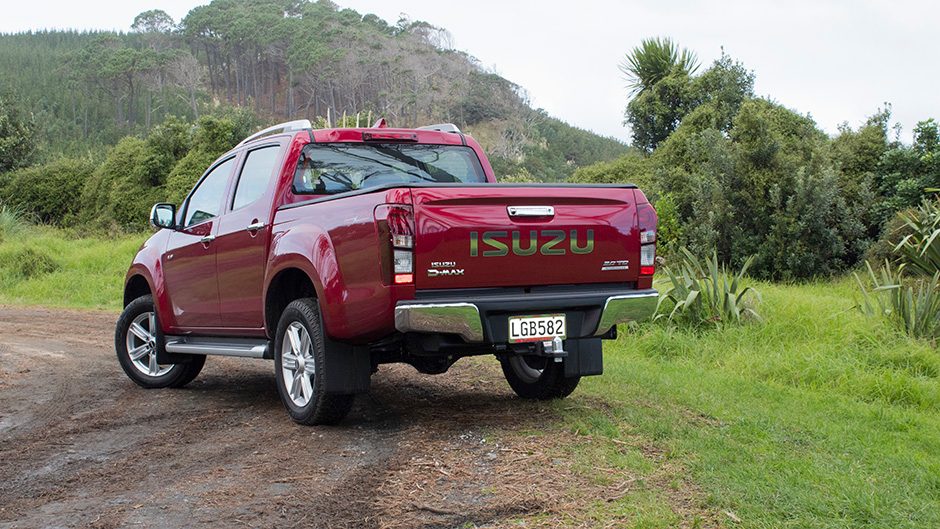
There is no doubt the LS-T is a tough truck, but it remains the top-dog in the D-Max line-up offering premium features such as climate air-conditioning, leather upholstery, powered driver’s seat, Panasonic touch screen navigation and surround sound audio, as well as a reversing camera.
It shares the same alloy wheels as the MU-X as well as the silver capped power exterior mirrors and aluminium side steps.
Since its introduction to global markets the Isuzu Motors Thailand factory has constantly applied rolling changes to the D-Max, most particularly the 2017 RT87 model series which received a significant number of upgrades from the previous RT85 series.
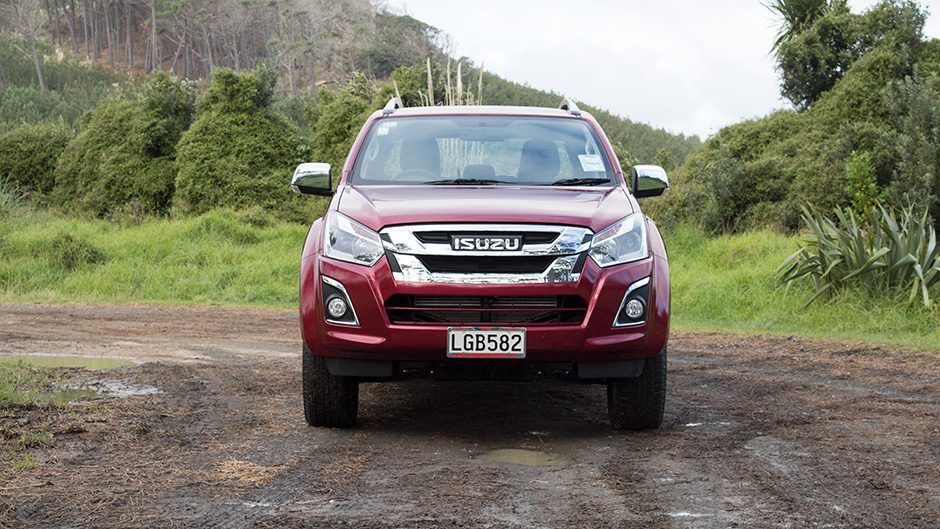
The biggest recent change was under the bonnet as the Isuzu 4JJ1 series 3-litre turbocharged inline four-cylinder engine became Euro 5 compliant, by running both exhaust gas recirculation (EGR) as well as a diesel particulate diffuser (DPD) in the exhaust system, which traps particulates and converts nitrous oxides to carbon dioxides and water.
Isuzu Motors changed the fuel injectors, altered the design of the pistons and the injection cycle, which allowed an increase of torque from 380Nm at 1800 rpm, to 430Nm at 2000 rpm, and the manual and automatic gearboxes were upgraded from five-speed to six-speed transmissions for better responsiveness and greater fuel economy.
As well as an improved powertrain, the RT87 series update also saw significant cosmetic and specification changes for the LS-T. More noise insulation was added as well as projector headlamps with daytime running lights, a shark fin antenna in body colour, and a chrome Isuzu decal sticker on the tailgate.
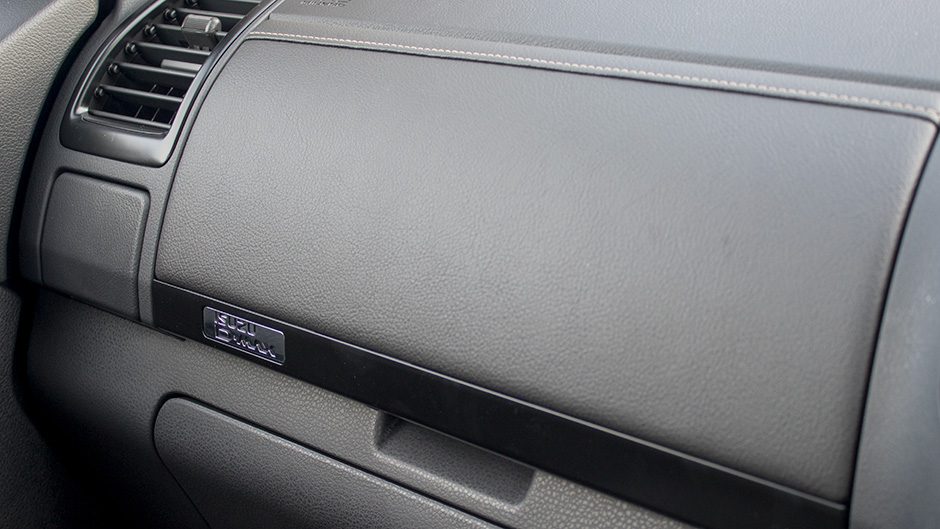
The five-seat D-Max LS-T has a payload capacity of 1000kg, a towing capacity of 3500kg, and for those who venture off-road it has an approach angle of 30 degrees and a departure angle of 22.7 degrees.
Since the brand launched to market in June 2010 the D-Max has certainly become one of the older designs in the marketplace, but that’s not necessarily a bad thing, if it ain’t broke, don’t fix it.
We know that the next generation D-Max will also spawn the next-generation Mazda BT-50, but we expect the well-proven and much-liked RT87 series will soldier on with one or two more rolling changes for a few more years yet.
| Model | 2017 Isuzu D-Max LS-T 4×4 auto | Price | $61,990 |
| Engine | 2999cc, 4-Cylinder, 130kW/430Nm | Drivetrain | 6-speed auto |
| Fuel Use | 7.9L/100km | C02 Output | 0g/km |
| 0-100km/h | 0.00 sec | Weight | 1925kg kerb weight |
| Service | 10,000km intervals, 3 year / 100,000km warranty | Load | |
| Vitals | 2950kg GVM, 1000kg payload | Vitals | 3500kg towing capacity |
